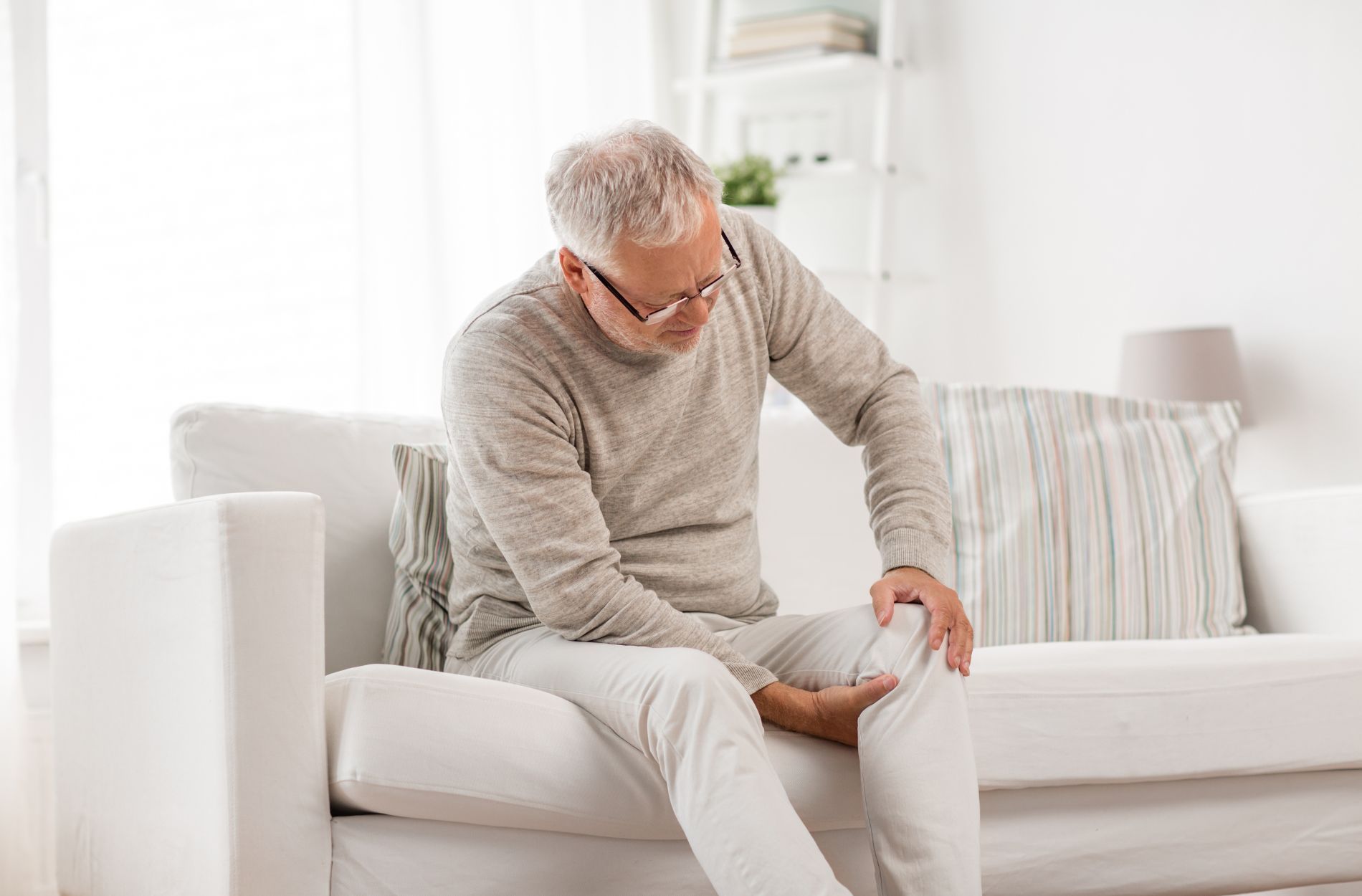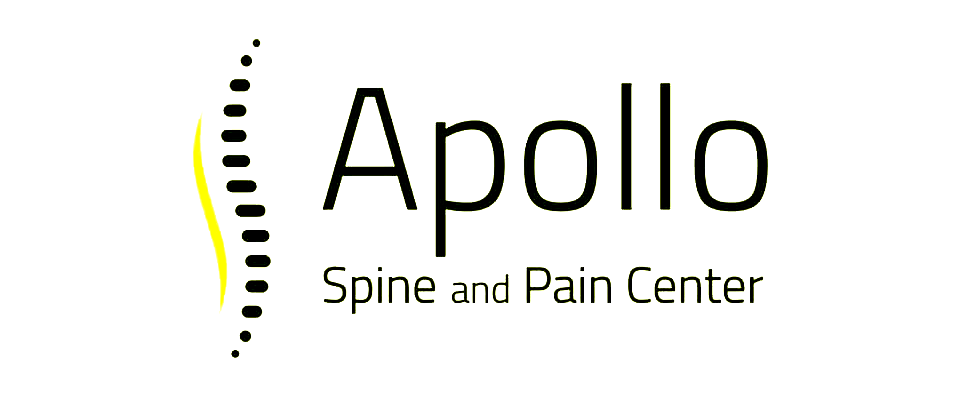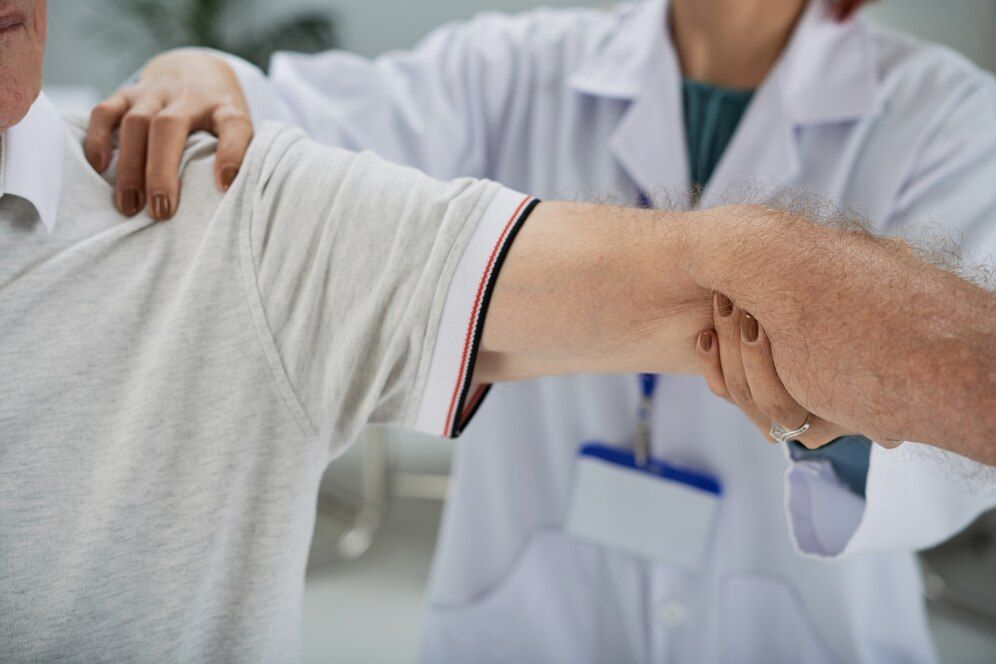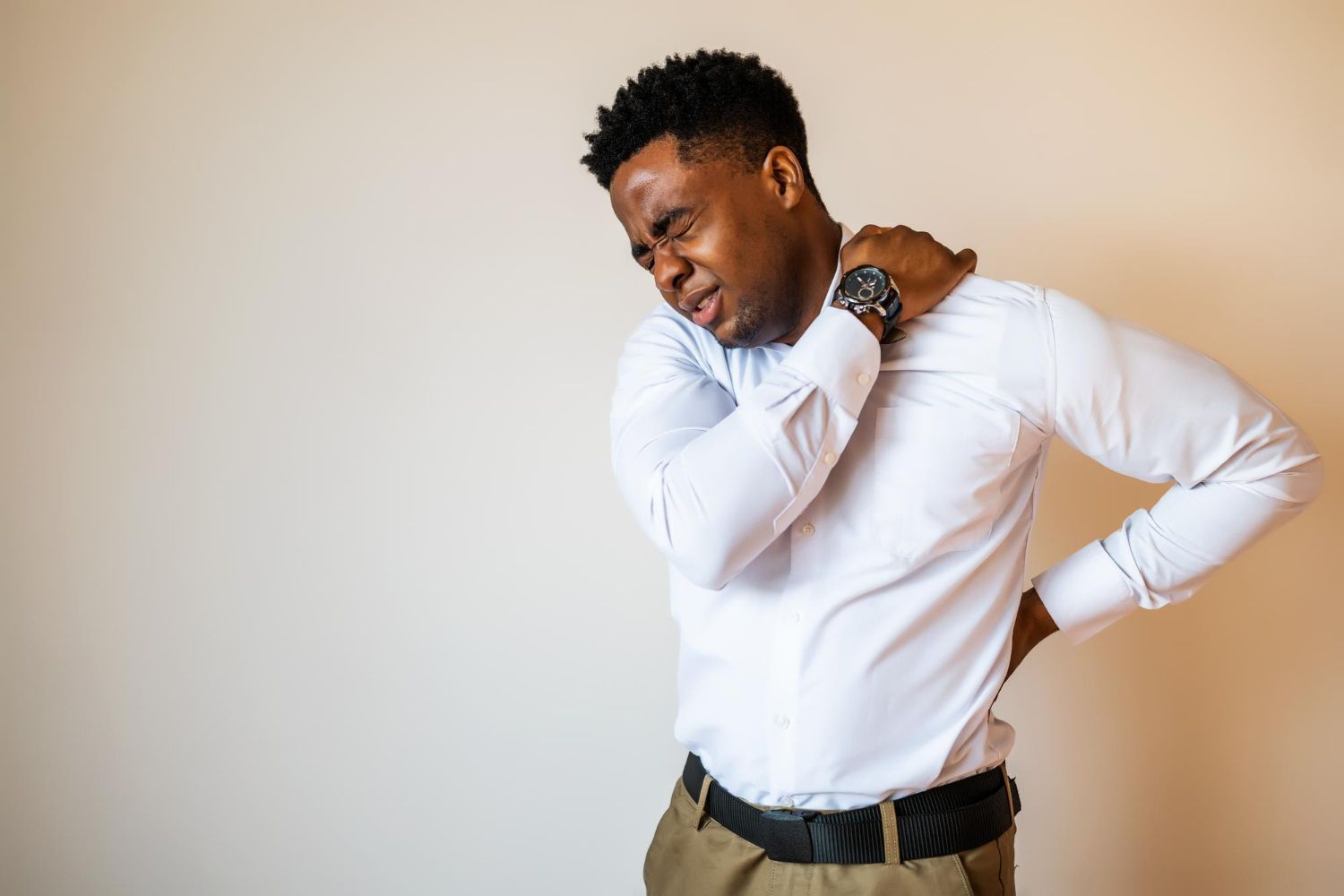PRP Therapy for Sports Injuries: Benefits and How It Works
Sports injuries can really put a damper on your active lifestyle. Whether you're a professional athlete or just someone who enjoys weekend games, getting hurt can be frustrating. Common sports injuries include things like sprains, strains, and even torn ligaments. These injuries can be painful and take a long time to heal. Traditional treatments like rest, ice, and physical therapy help, but sometimes they aren’t enough.
That's where PRP therapy comes in. PRP stands for Platelet-Rich Plasma. It’s a type of regenerative medicine that uses your own blood to speed up healing. Doctors take a small sample of your blood, spin it in a machine to concentrate the platelets, and then inject it back into the injured area. The high concentration of platelets helps repair damaged tissues and reduce inflammation.
Many athletes are now turning to PRP therapy to get back in the game faster. It’s not just for professionals; regular people can benefit from it, too. The treatment offers a natural way to heal without relying heavily on medications or surgeries. It’s minimally invasive and has shown good results in treating various sports-related injuries.
Understanding PRP Therapy and How It Works
PRP therapy is a cutting-edge treatment that uses the body's own healing abilities. The process starts with a small blood draw, similar to a routine lab test. This blood is then placed in a special machine called a centrifuge. The centrifuge spins at high speeds to separate the blood's components. What we need is the platelet-rich plasma, which is packed with growth factors that help in healing.
Once the PRP is ready, it is injected directly into the injured area. These injections boost the body's natural healing process. The platelets release growth factors that attract stem cells to the site of injury. This helps to repair and regenerate damaged tissues like muscles, tendons, and ligaments. PRP therapy also reduces inflammation, which can speed up recovery and lessen pain.
The entire procedure is minimally invasive. You don't need any major surgery or long recovery times. Most patients can go back to their daily activities shortly after the treatment. This makes PRP therapy an appealing option for those looking to get back on their feet without too much downtime. PRP therapy is a safe, natural method to promote faster healing and get you back to doing what you love.
Common Sports Injuries Treated with PRP Therapy
PRP therapy is effective for many types of sports injuries. One common injury it treats is tendonitis. Tendonitis occurs when tendons, the tissues that connect muscles to bones, become inflamed. PRP injections can reduce this inflammation and speed up the healing process. Conditions like tennis elbow or golfer's elbow are often treated this way.
Another frequent issue is ligament injuries. Ligaments are the tough bands of tissue that connect bones to each other. Ankle sprains and knee injuries often involve torn or overstretched ligaments. PRP therapy enhances the healing of these tissues, allowing athletes to recover more quickly and safely. It works well for conditions like an ACL tear or a sprained ankle.
Muscle injuries are also common in sports. Pulled muscles or muscle strains can be very painful and take a long time to heal. PRP therapy can help repair muscle fibers faster, reducing downtime. Hamstring injuries and calf strains are examples of muscle injuries that benefit from PRP treatment.
Finally, PRP therapy is useful for treating chronic joint pain. If you suffer from arthritis or long-term joint issues from sports, PRP can help. By injecting PRP into the affected joint, it reduces inflammation and promotes the repair of cartilage and other joint tissues. This therapy offers a way to manage pain and improve joint function naturally.
Benefits of Using PRP Therapy for Sports Injuries
PRP therapy offers several benefits for treating sports injuries. One of the main advantages is its natural approach. Since the treatment uses your own blood, there's a lower risk of allergic reactions or side effects. This makes PRP a safer option for many people compared to medications or surgeries.
Another benefit is the speed of recovery. PRP therapy targets the injury directly, promoting faster healing. Athletes often see reduced downtime and can get back to their activities more quickly. This is especially important for those who want to maintain their fitness levels and continue training without long breaks.
PRP therapy also helps improve overall function. By repairing tissues like muscles, tendons, and ligaments, it strengthens the injured area. This can prevent future injuries and make the affected part even more resilient. The dual effect of pain relief and improved function enhances the quality of life, making daily activities easier and less painful.
Lastly, PRP therapy can be combined with other treatments. It works well alongside physical therapy, medications, and other interventions. This combination can create a comprehensive treatment plan that addresses all aspects of the injury, providing better outcomes and a more effective recovery process.
How to Get Started with PRP Therapy at Apollo Spine and Pain Center
Getting started with PRP therapy at Apollo Spine and Pain Center is straightforward. First, schedule a consultation with one of our specialists. During this visit, we will assess your injury and medical history to determine if PRP therapy is right for you. This initial consultation helps us create a personalized treatment plan tailored to your specific needs.
Once PRP therapy is recommended, we will explain the entire process to you. You will know what to expect, how to prepare, and any post-treatment care that might be needed. The PRP procedure is done in our clinic, and it usually takes about an hour. Since it’s minimally invasive, you can go home the same day and resume most of your daily activities soon afterward.
In some cases, follow-up appointments might be necessary to monitor your progress and ensure the treatment is working effectively. We will guide you through each step, providing all the support you need for a smooth recovery. At Apollo Spine and Pain Center, our goal is to help you heal faster and get back to the activities you love.
Conclusion
PRP therapy is a powerful tool for treating sports injuries. It leverages the body's natural healing process, making it a safe and effective option. By understanding how PRP therapy works, recognizing the types of injuries it can treat, and appreciating its benefits, you're better equipped to make an informed decision about your treatment options. Combining PRP with other therapies can also enhance your recovery and improve your quality of life.
If you’re dealing with a sports injury and want a natural, effective treatment, consider PRP therapy. It offers faster recovery, improved function, and greater safety compared to other methods. At Apollo Spine and Pain Center, we’re committed to providing the best care for our patients.
Ready to heal your
sports injuries with PRP therapy? Contact Apollo Spine and Pain Center today to schedule your consultation and start your journey to recovery.












